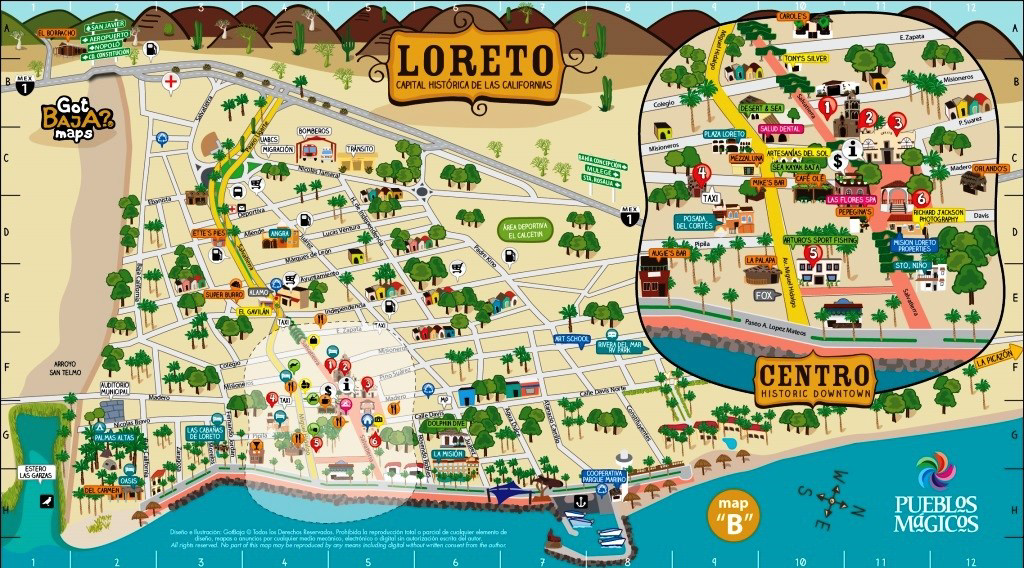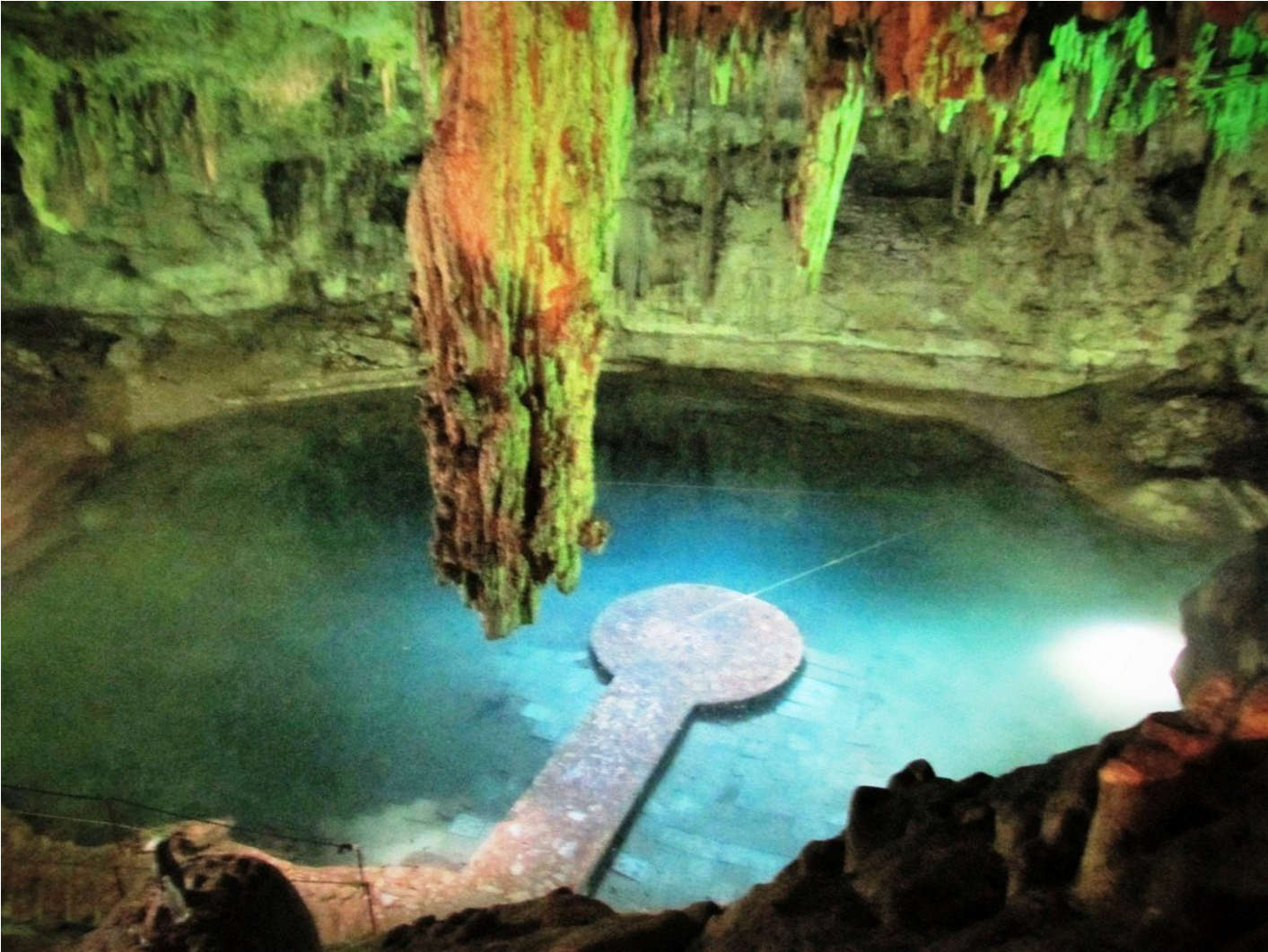By Dan and Lisa Goy on the March 2020 Edition
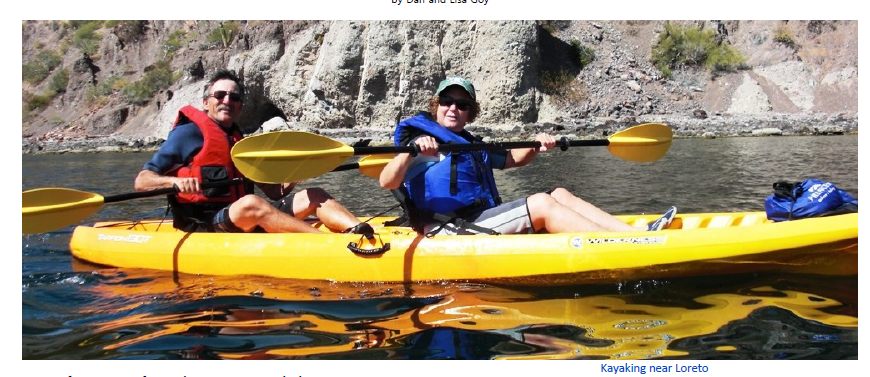
One of our most favourite stops on Baja is Loreto, BCS.
The town of Loreto is the birthplace of California as it was the first permanent settlement anywhere in the Californias, including the US state to the north. Loreto was the capital of both California’s for 132 years. It was a sleepy village where summer’s heat made for a laid-back pace for locals and visitors. It had changed very little until the 1960s when fishermen began to learn about the dorado, yellowtail, marlin, sailfish, grouper, rock sea bass, roosterfish and the other species being caught there. This prompted the Hotel Oasis to be opened in 1963 and it is the oldest of the old Loreto resort hotels still around. Loreto is very outdoorsy with the center of town having great shopping for tourists in a kind of market atmosphere. There are many great restaurants, a beautiful Malecón (beachfront walk), inter-national airport and friendly people.
Our groups stay at the Rivera Del Mar RV Park, a full-service park operated by Yolanda and her American husband, Rick, which is walking distance to the center of town and to the beach. We often eat at a wonderful restaurant down the street and within easy walking distance, Orlando’s. Laundry is very convenient across the street or you can use the park’s self-serve laundry for about the same price. Loreto Shores is another option for a full-service RV Park, much smaller than in the past but it does have a pool that many enjoy. Many Canadians and Americans winter in Loreto each season.
“Nuestra Senora de Loreto” (Our Lady of Loreto) mission was the first 17th-century development, which began the entire California mission system.
The 2nd of these missions is just outside of Loreto, called San Javier. For those interested, it is worth the 1-hour drive that is now completely paved. There are seven buildings in Loreto, from the 18th to the 20th century, that are considered “historical monuments” by the federal government and is the start of “the royal road” (“el camino real”), an historic corridor that ends in Sonoma, USA and follows the ancient route of the Spanish missions. The Jesuit Missions Museum (“Museo de las Misiones Jesuíticas”) is located beside the Mission of Our Lady of Loreto. It has a collection of religious art, weapons and tools from the XVII and XVIII centuries that were used in the Spanish missions in Baja California.
In the La Giganta mountain range, there are cave paintings in canyons and rock shelters. The nearest sites to Loreto are “Cuevas Pintas” (15 km to the west) and “La Pingüica” (60 km to the north). The cave paintings from the indigenous groups of Baja California are world famous and some of them have been added to UNESCO’s list of world heritage sites. Good hiking and sightseeing are also available. Check out the tours available in town if you are interested.
MISIÓN SAN FRANCISCO JAVIER
As we mentioned before, the 2nd oldest Spanish mission in Ba-ja, San Francisco Javier, was initially founded by the Jesuit missionary Francisco María Piccolo on May 11, 1699 at a spring called Viggé Biaundó by the native Cochimí, about 8 kilometers north of the mission’s subsequent location. He started the construction of a chapel in October of the same year and Father Juan María de Salvatierra dedicated it to All Saints, the 1st of November. Juan María Salvatierra was the lone missionary in establishing Loreto among its Monqui inhabitants in 1697. Piccolo crossed the Gulf of California to be Salvatierra’s assistant about a month later. The site was abandoned in 1701 because of a threatened Indian revolt, but was re-established by Juan de Ugarte in 1702.
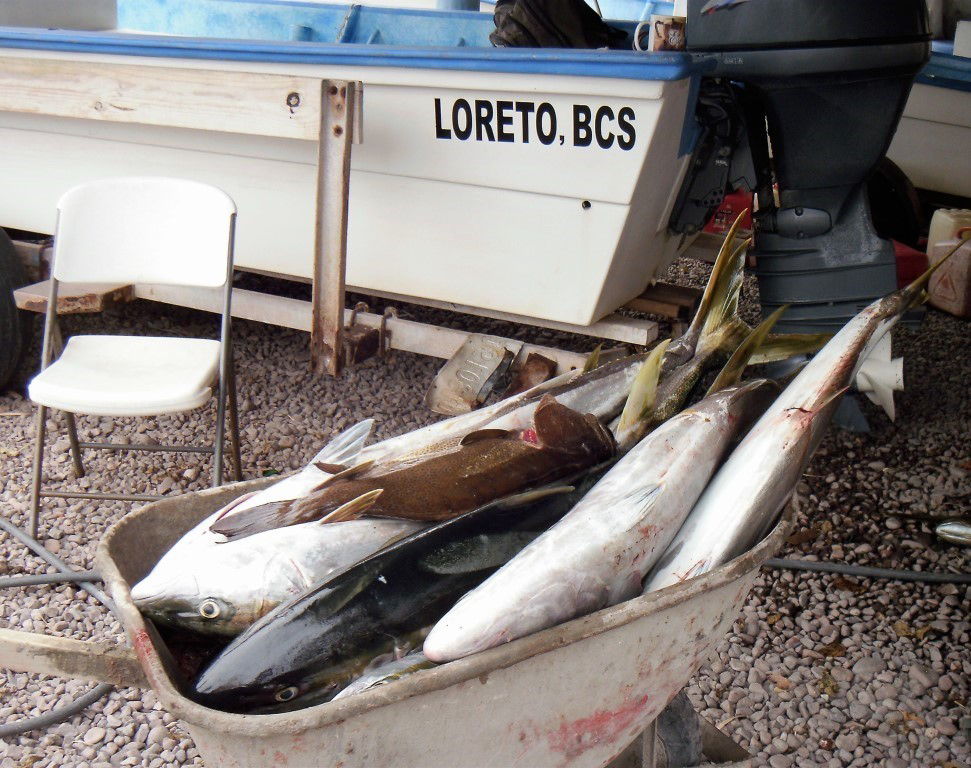
Several years later, it was moved to the better-watered present location of the community of San Javier. The energetic Ugarte constructed dams, aqueducts and stone buildings. He also introduced cattle breeding, big and small species, developed agriculture and taught the locals to thread and knit wool, not only for themselves, but also for the missionary project in general. The construction of the Church of San Francisco Javier was begun in 1744 by Father Miguel del Barco and was finished in 1759 which is often referred to as “the jewel of the Baja California mission churches.”
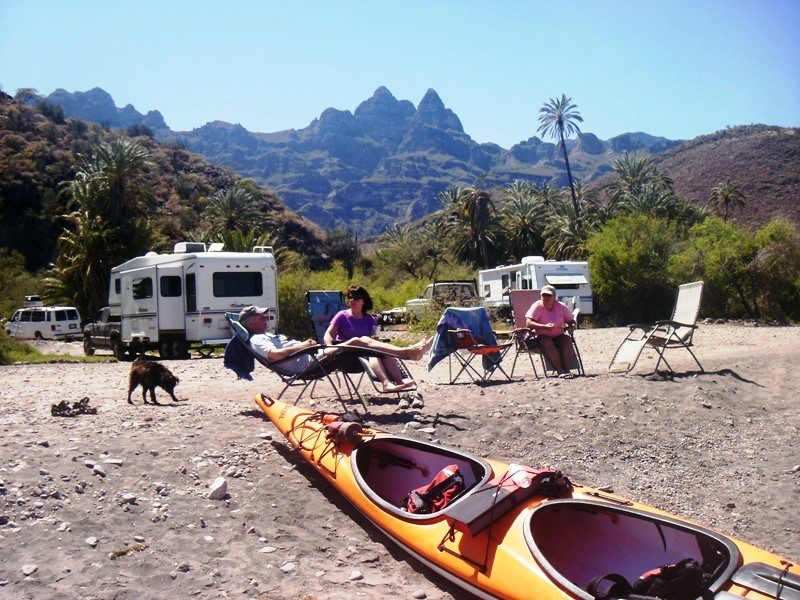
The church, considered one of the most beautiful and well preserved of the Californias, was built with stone taken from a quarry near Santo Domingo, 20 km southeast of San Javier. Its original barroque appearance has been well preserved. Its interior has: a golden altarpiece with five oleos, brought from Mexico City in thirty two boxes, two statues: one of San Francisco Javier and another one of Our Lady of Guadalupe and a crucifix. All of these are from the 18th century. It has three bells, two of them are dated 1761 and the other one 1803. There is a monument of that time at the end of the street that leads to the church. It is known as “the Cross of Calvary”. From there, hundreds of pilgrims who visit the patron saint walk sometimes on their knees.
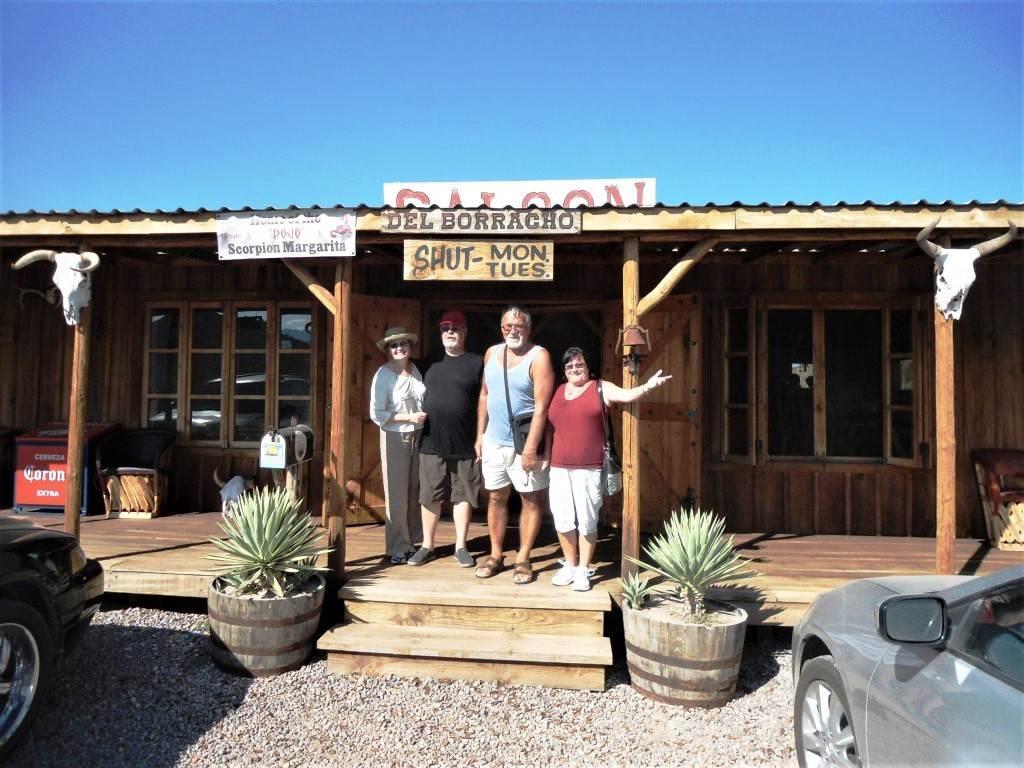
Old World diseases ravaged the native population which declined steadily through the Jesuit period (1699–1768) and then more steeply after the missionaries of that order were expelled from Baja California. By 1817, the mission was deserted. The church has been restored and is now maintained by Mexico’s National Institute of Anthropology and History.
Francisco María Piccolo (1654–1729) was one of the first Jesuit missionaries in Baja California Sur, Mexico. His letters and reports are important sources for the ethnography and early history of the peninsula. He conducted several exploratory trips seeking neophytes and future mission sites, including journeys to what would later be Mulegé, La Purísima and San Ignacio. He was assigned to duties as visitador for the Jesuit missions in Sonora in 1705–1709, but he returned to Baja California and served at Mulegé and Loreto until his death in 1729.
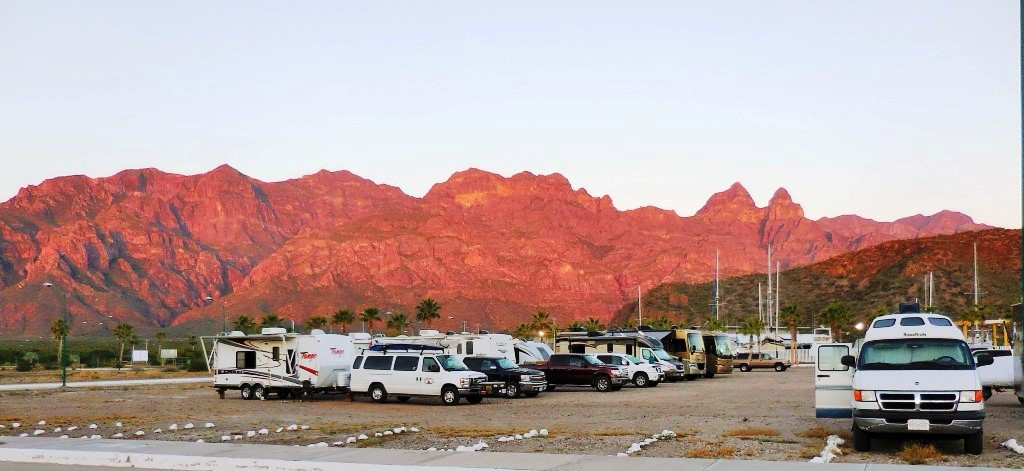
Misión San Francisco Javier de Viggé-Biaundó is located in the village of San Javier part of Loreto municipality in the Mexican state of Baja California Sur. It is approximately 36 km southwest of Loreto on an unfinished road. It has a population of approxi-mately 150 inhabitants.
BAY OF LORETO MARINE PARK
Born from the diligent efforts of the Loreto community, The Bay of Loreto National Park was created by a Presidential Decree and approved by the Mexican Federal Congress on July 19, 1996. The Marine Park covers 2,065 square kilometers in the Sea of Cortez, ranging from Isla Coronado in the north to Isla Catalina in the south. On July 14, 2005, the Park was inscribed to the United Nation’s list of protected World Heritage Sites. With over 800 species of marine life inhabiting the Sea of Cortez, and many of them currently endangered, the need for protection of these delicate ecosystems is great.
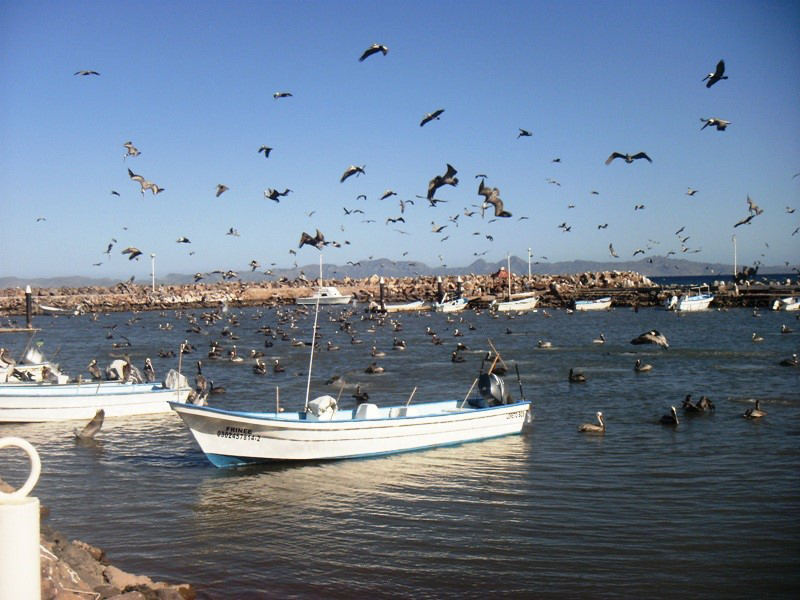
Shortly after the Marine Park was created, the US based Nature Conservancy took notice and offered to help with the conservation of the Park. Funds raised through the Nature Conservancy, other non-profits and concerned individuals helped to create Grupo Ecologista Antares (GEA), Loreto’s first non-profit, environmental association whose programs and efforts over the past thirteen years have contributed to addressing the urgent environmental issues that affect the Loreto region. The Loreto National Marine Park is a feast for the senses and the sciences. Here you will find blue whales, humpbacks, dolphins, sea turtles, plankton, magnificent frigate birds, blue footed boobies, brown pelicans, angel fish, parrot fish, sierra, dorado, rainbow wrasses, puffer fish.
Upwellings and wind-driven currents pull up the rich nutrients of the sea, and the sun inspires rapid growth, but it doesn’t stop there. The desert has its own show with flowering plants, cacti, marine fossils, volcanic layers of ash and breccia, faults, uplifts and intrusions.
Since the formation of the Loreto National Marine Park, UNESCO has recognized these islands, and all the islands in the Gulf of California (Sea of Cortez), as a World Heritage Site. Put it on your bucket list to visit this amazing place! You’ll be coming back for refills.
Dan and Lisa Goy own and operate Baja Amigos RV Caravan Tours and have been camping and touring in Mexico since 1985. http://www.bajaamigos.net
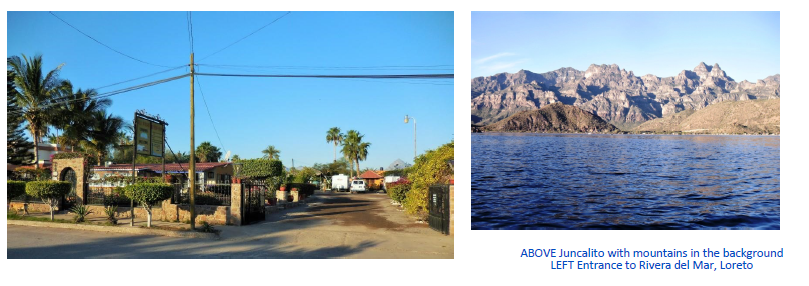
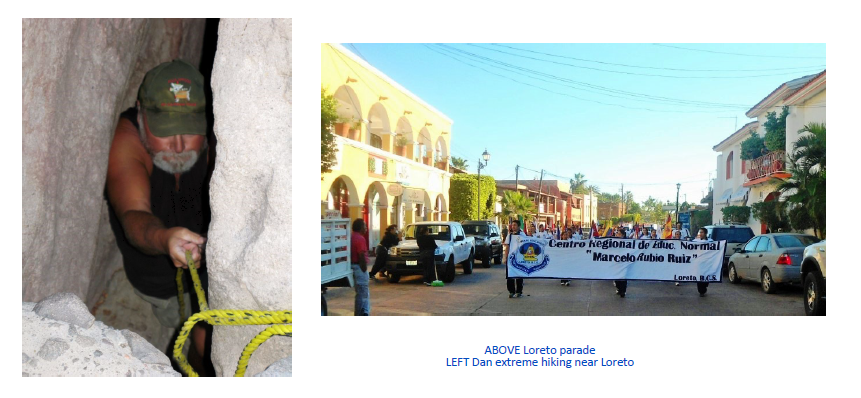
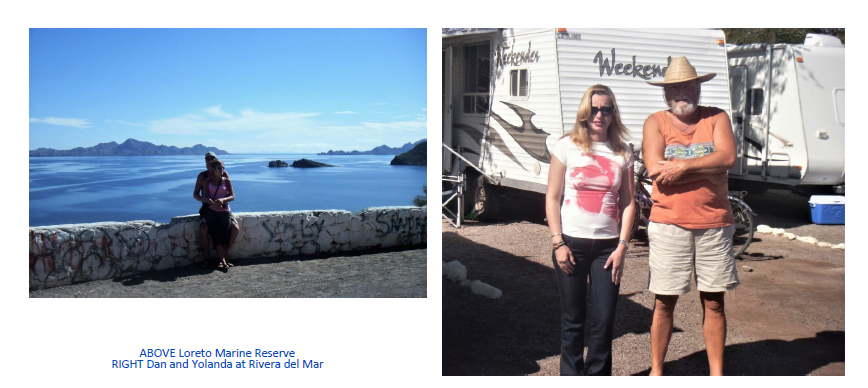
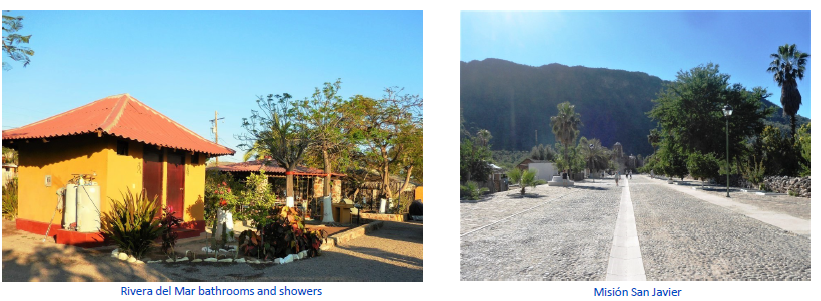
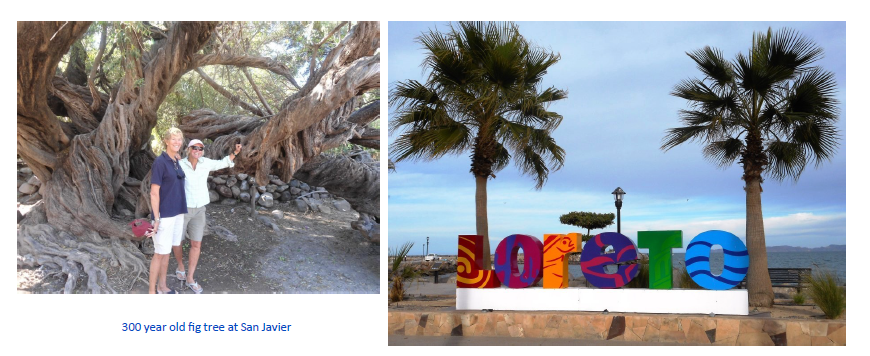
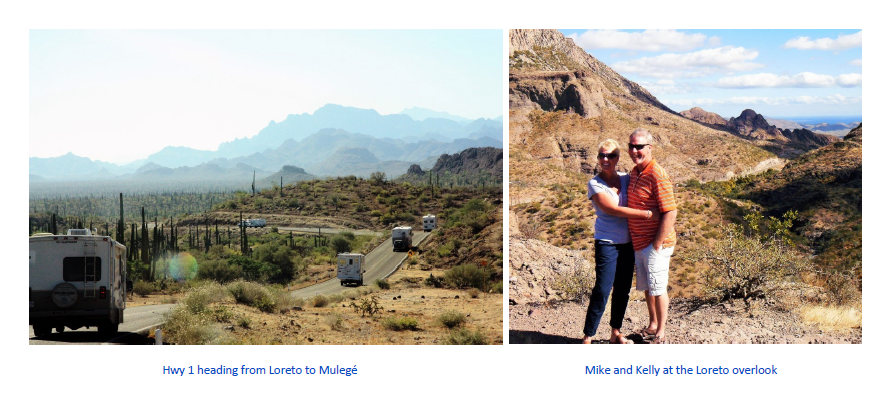
The full edition or view it online
Dan and Lisa Goy, owners of Baja Amigos RV Caravan Tours, have been making Mexico their second home for more than 30 years and love to introduce Mexico to newcomers.
